The best comics of 2018
Peter Breedveld
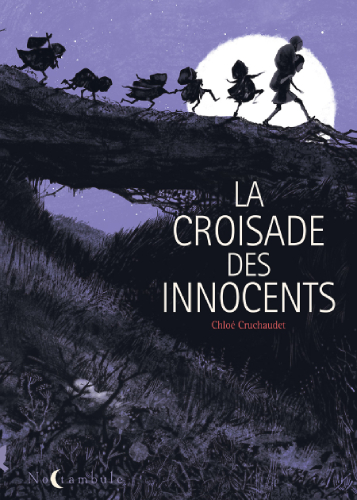
Almost all the lists of best graphic novels of the past year I saw contained Sabrina by Nick Drnaso. Lauded by everybody, including Zadie Smith, but I find the art bloodless and unattractive and decided not to buy it. Many popular graphic novels these days have minimalistic art I find dull and uninspiring.
The art in Berlin by Jason Lutes, also much praised by many, is flat and boring. I started reading this when it was published in installments more than 20 years ago. I am not surprised it’s only just finished, because the time it took for the next installment became longer and longer, until I lost interest in it.
Spidey sense
For the past couple of years I’ve tried many American and British comics recommended by respected critics. Most of it I’m quickly bored with. I have a couple of favorites: Saga, Paper Girls, Black Hammer, Descender and Jupiter’s Legacy, which I discovered on my own. My experience is that my Spidey sense works better that any review by any revered critic.
I read the trade paper back collections of those comics, but I started reading monthly comics again, too. My favorites are Ann Nocenti’s The Seeds and Peter Milligan’s Kid Lobotomy at the moment. I have high expectations of Grant Morrison’s Green Lantern run which just started.
Female gaze
My favorite comic country has always been and will probably always be France. The French take care of their stories and their art. Also, I know of no other country with so many fine female comic writers and artists. I stick to the males I’ve come to love in my long comic reading career, but the new work I pick up is mainly by women. They offer a fresh perspective and a “female gaze”, with interesting female characters instead of the scantily clad, big breasted damsels who are either in distress or hungry for cock.
Now please enjoy my list of favorite comics and graphic novels of 2018:
10: Carolyn Nowak: ‘Girl Town‘
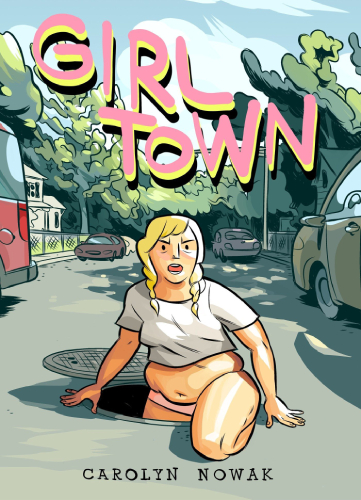
A collection of short stories about, well, girls. They are rooted in our reality but contain surrealistic, fantastic and futuristic elements. The emotions are real, though and so the stories deal with love, friendship, self-consciousness, jealousy, grief and craving. Most touching I found Diana’s Electric Tongue, about a girl whose tongue was replaced by an electric tongue after an accident, and who replaces her boyfriend, who left her, with an electric companion, a sex-robot but one who is also pleasant company outside of the bedroom. He is a polite, well-behaved, attentive, smart young man whom she eventually takes to a wedding she’s invited to. And then it becomes clear that all her open-minded friends are not so open-minded after all.
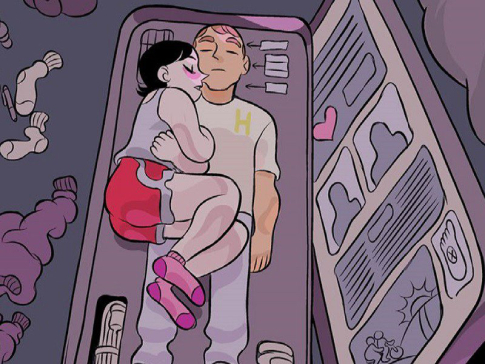
9: Pornsak Pichetchote, Aaron Campbell and José Villarrubia: ‘Infidel‘
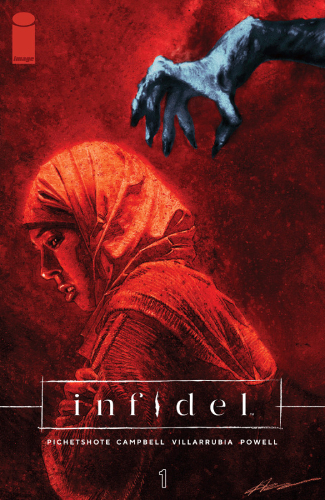
People have called this the Get Out of comics and I suppose that is true, Pichetchote deals with racism by way of a horror story. It echoes our own reality, where terrorism creates a rift between Muslims and non-Muslims, people of colour and white people, sets neighbours against one another and even tears families apart.
The characters in this story are real people, the dialogues convincing. If it wasn’t for the horror, I’d call this the Do the Right Thing of comics, or the She’s Gotta Have it of comics.
But it’s horror, and good, scary horror to boot. What a page turner this is! Dark, threatening and atmospheric. Special mention for colorist José Villarrubia who embellishes Aaraon Campbells expressionist art with just the right warm and cold colours, adding to the changes of mood and the rich ambience.
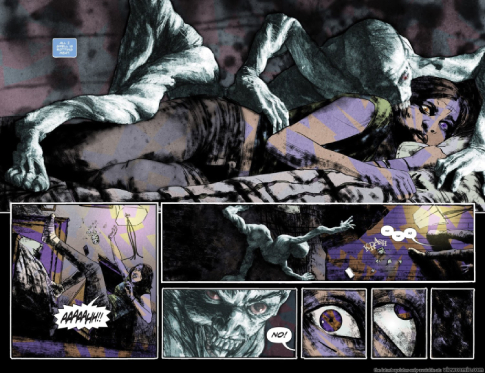
8: Marjorie Liu and Sana Takeda: ‘Monstress Volume three: Haven‘
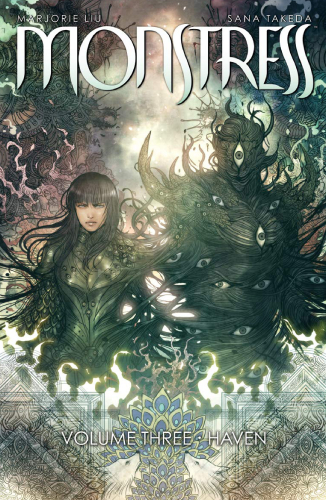
I am somewhat late to the party. I mean, I did try the first volume of this fantasy series because of all the praise it was getting, but found it too Final Fantasy-like and rather incomprehensible with all those characters representing fictional peoples and countries and kingdoms. But earlier this year I gave it a second try and was immediately sucked into the story and now I’m hooked.
Monstress is a monthly comic but I read the trade paper back collections of six comics. Volume 3 came out last fall.
It’s a pretty archetypical fantasy story containing all the typical elements: war between humans and fantasy creatures and mythological origins with “gods” and “ancients” and a quest for the five fragments of some artifact which gives the owner power. I guess you could call this a crossing between Lord of the Rings, Final Fantasy, Game of Thrones and every other fantasy story ever written.
What distinguishes Monstress is the incorporation of elements from other sources than Celtic and Norse cultures and such. There are beasts of clearly recognisable Chinese, Japanese and Indian origin, and the main protagonists are not typically white and platina blonde, but have Asian and African features.
Besides this the important parts are played by women. Men play second and third fiddle. This is clearly a matriarchy and see, women like to wage war just as men do.
The art, as you can see, is spectacular and very elegant. I must say I still lose grip of the story at times, don’t understand all the intrigues, forget who is on whose side and who’s got beef with whom, but I just go with the flow. And I re-read the previous collections every time a new collection comes out.
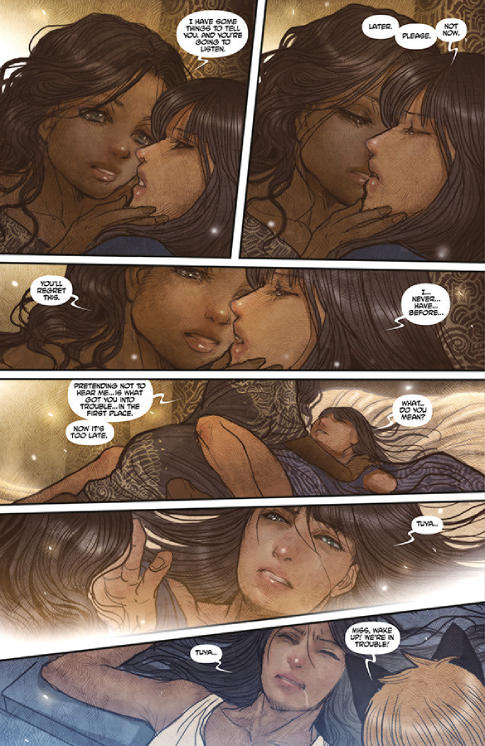
7: Richard Corben: ‘Shadows on the Grave‘
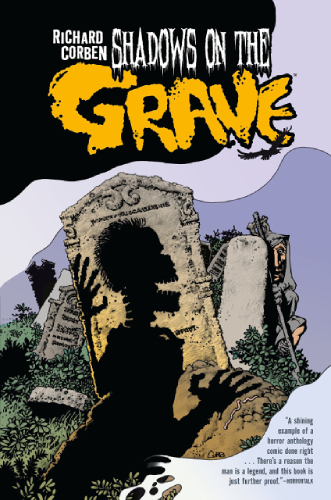
Richard Corben has been around forever, he must be immortal or something. And his art has always been jaw-dropping. His art is grotesquely caricatural and yet hyperrealistic at the same time. It’s almost threedimensional. Everything looks like you could pick it from te page and put on your table or desk. And he is as good with colour as with black and white and grey shades. I always stare at it in amazement.
The horror stories in this collections fit in the tradition of those old horror comics from the fifties, sixties and seventies. Creepy and Tales from the Crypt and such. There’s always a ghoul or witch or living corpse introducing the readers to the situation and the characters and warning them to stop reading if they know what’s good for them. On the following pages we see some assholes meeting their ghastly ends after having tempted fate in one way or another.
Corbens stories mostly take place in some American landscape we recognise from old movies. He firmly integrates Americana and American folklore with stories and myths from European, African and Carribean origin. The atmosphere is sultry, the tone always tongue in cheek and I don’t know if this is really scary or creepy, I feel rather safe reading Corben’s stories. I have known these monsters for such a long time they’ve sort of become imaginary friends.
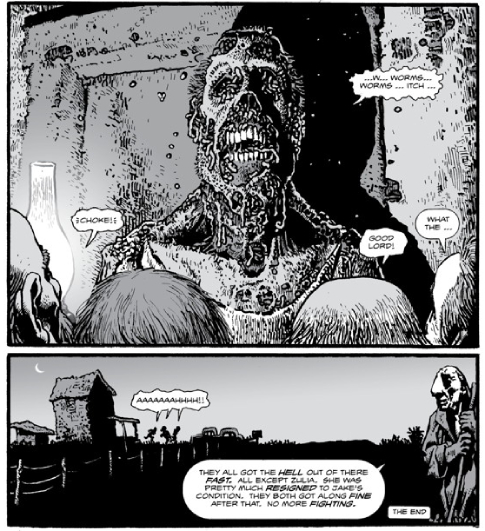
6: Elizabeth Holleville: ‘l’Été Fantôme‘
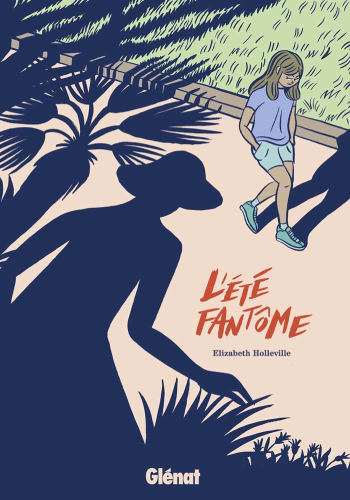
Only in French at this time, I hope this gets translated in English and Dutch soon. l’Été Fantôme, which I would translate as ‘A Spooky Summer’ is A very pleasant coming of age novel about a girl, Louison spending the summer at her grandma’s together with her sister and a couple of nieces, in some French seaside village. The girls go to the beach, flirt with boys, quarrel, discover their sexuality and so on. Meanwhile Louison befriends the ghost of a dead girl whose identity is revealed only at the end of the book.
l’Été Fantôme is drawn in a naive style with lots of space between the lines, with soft, terracotta colours that give the book a summery feel.
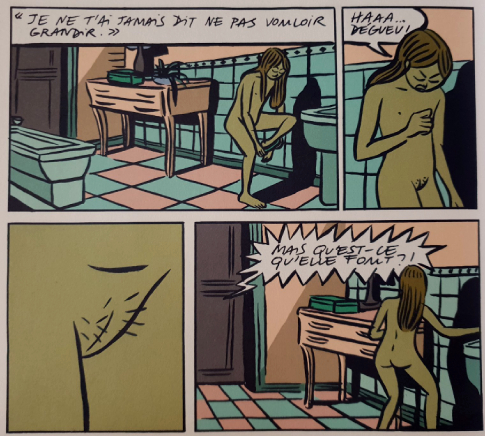
5: Miki Yamamoto: ‘Sunny Sunny Ann!‘

Only in Japanese and French, this atypical manga about a free-spirited woman, a notorious homewrecker, taking a neglected child on a road journey, chased by the police, tearing lecherous old geezers and hyprocites a new one on the way.
Fresh, pleasantly disturbed graphic novel, drawn in a bold, lush, expressionist style.
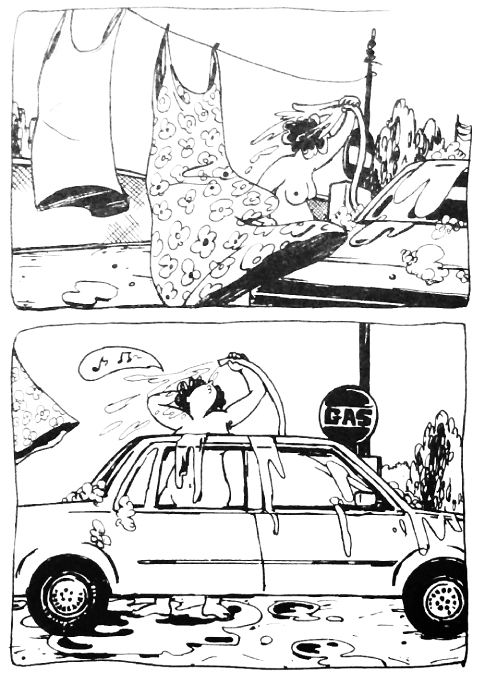
4: Joann Sfar: ‘Le Chat du Rabbin 8: Petits Panier Aux Amandes‘
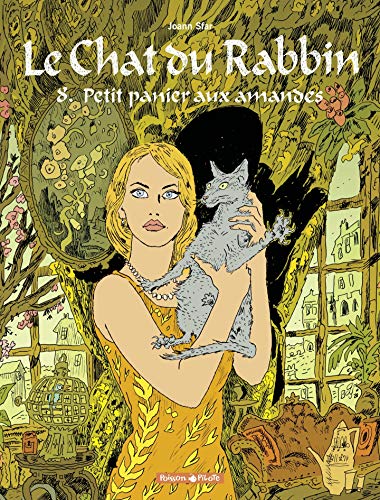
So far only the first two books of Joann Sfar’s brilliant series The Rabbi’s Cat have been translated in English. The Dutch are luckier: this year the seventh book was published in Dutch.
I read the eighth part this year, in French, and it’s as good as always. Sfar is a master in dealing with complex issues in the field of religion, the battle of the sexes, multiculturalism in a lighthearted, philosophical manner, humorously, in a graceful style with plenty of laughs, sometimes a tear and always with a subtle undercurrent of eroticism.
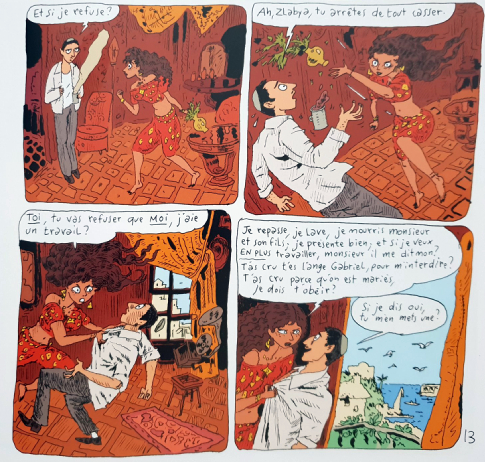
3: Spirou: ‘L’Espoir Malgré Tout‘
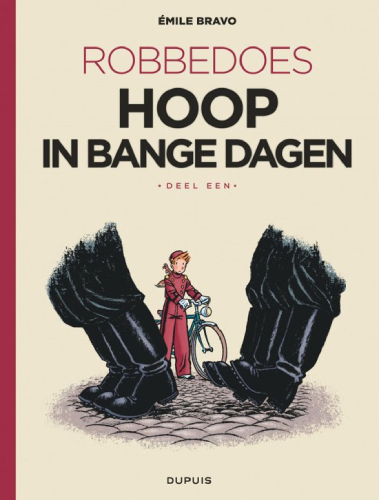
Spirou is an icon in France and Belgium but not so much, I think, in Holland, although he is fairly well known here. He is kind of a liberal counterpart of the much more famous Tintin, although they both have the same Brussels Catholic-bourgeois origins. In 2017 a live action Spirou movie came out, but I don’t know if it was sucessful. The trailer is not very promising.
Spirou gets different treatments by different authors and French comic artist Émile Bravo brings him back to his origins in the thirties and forties, when he was still working as a bellboy at the hotel Le Moustique in Brussels. The second World War breaks out and Spirou’s best friend Fantasio, who is a conscript in the Belgian army and amidst all the chaos they try to find the Belgium troops in order for Fantasio to join the fight against the Hun (and not get executed for desertion).
This is not your average children’s adventure but a rather grim story about death and destruction, jewish refugees and all the diferent ways in which civilians behave in a war. You have your altruïstic heroes, your traitors, your opportunistic leeches and everything in between.
This is the sequel of an album by Bravo from 2018, which is translated in English, so I expect this will soon be available for readers in English too. There are some references to the previous story, but L’Espoir Malgré Tout, which means ‘hope despite everything’, or maybe less literal: ‘hope in times of despair’ is pretty much a stand-alone story.
And a very impressive one at that. This, lady and gentlemen, is a true literary classic. Comparisons with Albert Camus’ The Pest are in order, here, and Paul Verhoeven’s movie Soldier of Orange. This is a breathtakingly good graphic novel.
Already translated in Dutch.
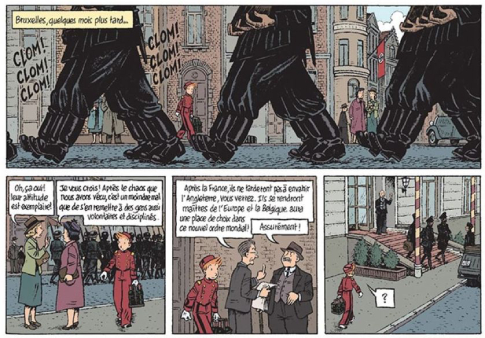
2: Annaïg and Loïc Sécheresse: ‘Ys‘
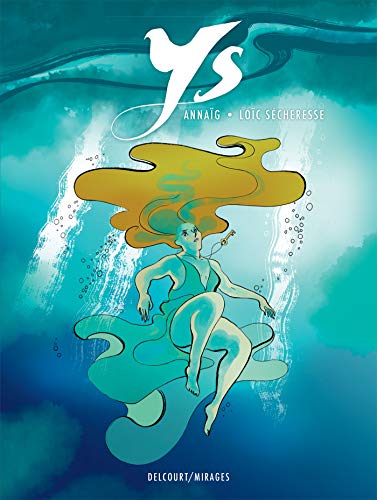
A king battles a ferocious warrior queen, is beaten but spared by the woman, who takes a fancy at him. They flee, make love at sea where their daughter is born. Tragically the queen doesn’t survive and the king returns to his kingdom with just his daughter.
He converts to the Christan belief, appoints a priest as his councillor after his kingdom quickly becomes devoid of everything pleasurable. This is much to the chagrin of his daughter, whom he bestows a city to rule by herself, down by the sea, the hedonistic city of Ys. Sea-goddesses protect the city against te sea with a magical gate, to be opened with a key in the possession of the queen of Ys, but of course the Christians intrigue against her and use sex (the hypocrites!) to betray her and her city.
Annaïg’s Ys is a feminist retelling of an old Breton-Celtic legend, drawn in bold, jaunty strokes with expressionistic colours by Loïc Sécheresse. An energetic, passionate page-turner about the decline of pre-Christian matriarchy by the hands of Christian patriarchy. Bravo!
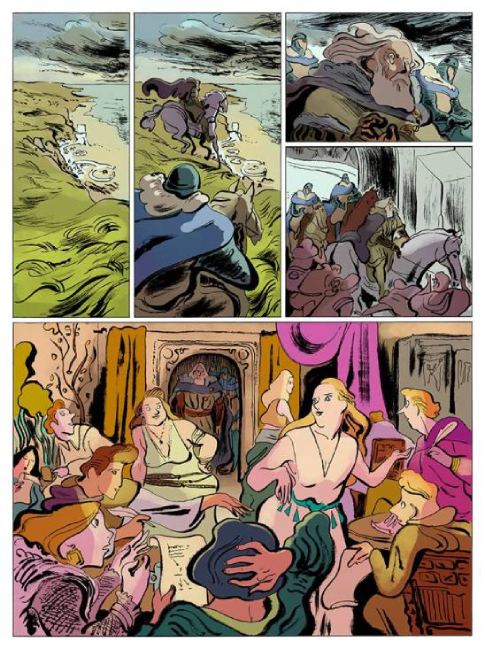
1: Chloé Cruchaudet: ‘La Croisade des Innocents‘
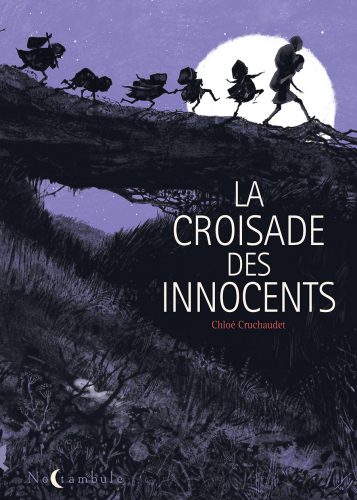
I thought I was going to read a sweet children’s book, but already on page nine the main protagonist, a young boy called Colas, accidently throws his infant sister between the pigs, who horribly disfigure her, after which he has to flee the rage of his father, who had already punished him for some insignificant thing by putting him on his knees in glowing ashes on page seven.
I mean wow, this is stuff to give you nightmares, for real!
Colas finds refuge in some village where he has to work a tredmill with the other children and gets educated on Christianity by the local priests. When he sees the body of a drowned beggar floating under the ice of a frozen lake, he thinks it is Jesus telling him to organise a children’s crusade to Jerusalem, which he does. The children travel through France to the port of Marseille in the south, ever growing in number, earning their keep by giving puppet shows in the villages they pass, until they are with too many to feed, and then things start to go horribly wrong.
This is an amazing and bone-chilling story, but based on historical facts, written and beautifully drawn with ink wash colours by Chloé Cruchaudet, who alternates between atmospheric land- and city scapes and expressionisticly depicted violence and clearly isn’t prone to romanticising things. The Middle Ages were a time of harsh conditions, not in the least for children, and Cruchaudet shows it al, without pulling punches.
This is not to say, however, that this is cruel, cold book. Cruchaudet gives it a warm, beating heart.
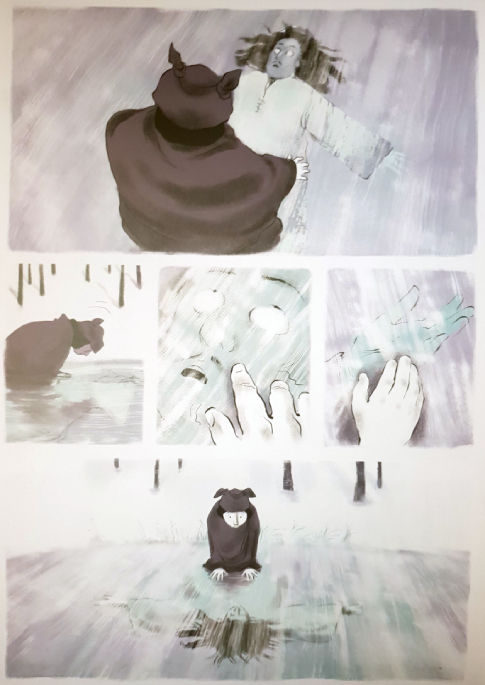
Lists, Peter Breedveld, strips, 02.01.2019 @ 17:02


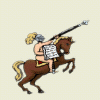
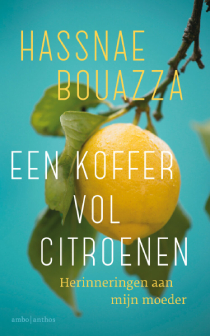
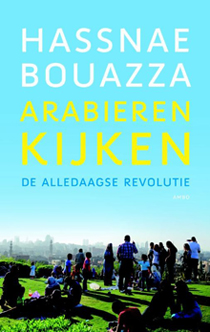


 RSS
RSS